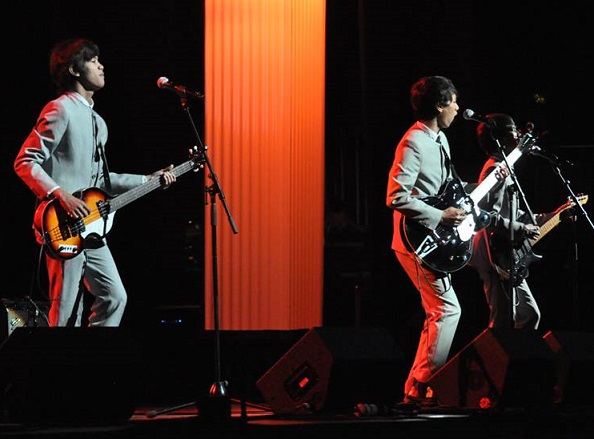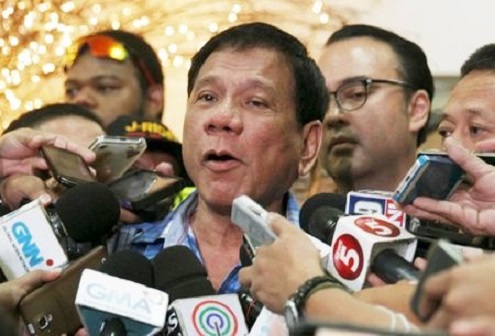Mindanao, the epic land of promise…and horses

Consul General Mario de Leon Jr. and wife Eleanor open the cultural exhibit with a rhythmic ringing of the gong.
The exhibit called Mindanao: Land of Treasures opened June 18 at the Philippine Center on Fifth Avenue, transforming the Gallery Lobby into one moving tableau of color, music and Muslim pageantry.
Consul General Mario de Leon Jr. highlighted the importance of Mindanao in the Philippines’ history and heritage in his welcome remarks. He cited how the indigenous political systems called the sultanates kept peace during the pre-colonial period and how the contributions of Mindanaoeños enriched Philippine literature, education, music, fashion, the visual and performance arts.
“The landmark signing of the Bangsamoro Peace Agreement in March gives the region a promising outlook for the future,” he said, ending his keynote with the wish that the troubled region truly live up to being the Land of Promise.
As the guests feasted their eyes on the clothing, jewelry and accessories created by the tribes of Maranao, Maguindanao, T’boli, Yakan, they were treated to cultural dances courtesy of Kinding Sindaw. The New York-based group presented excerpts from the Maranao epic “Darangan,” which dramatizes relationships among Muslim royalty and their concept of the after-life.
De Leon also acknowledged Surigao native and Davao-based designer Ann Pamintuan who loaned two large horse statues to the exhibit.
“It symbolizes the T’boli tribe’s regard for horses as an indicator of economic stature, and the indigenous people’s tradition of horse fighting,” he said.











